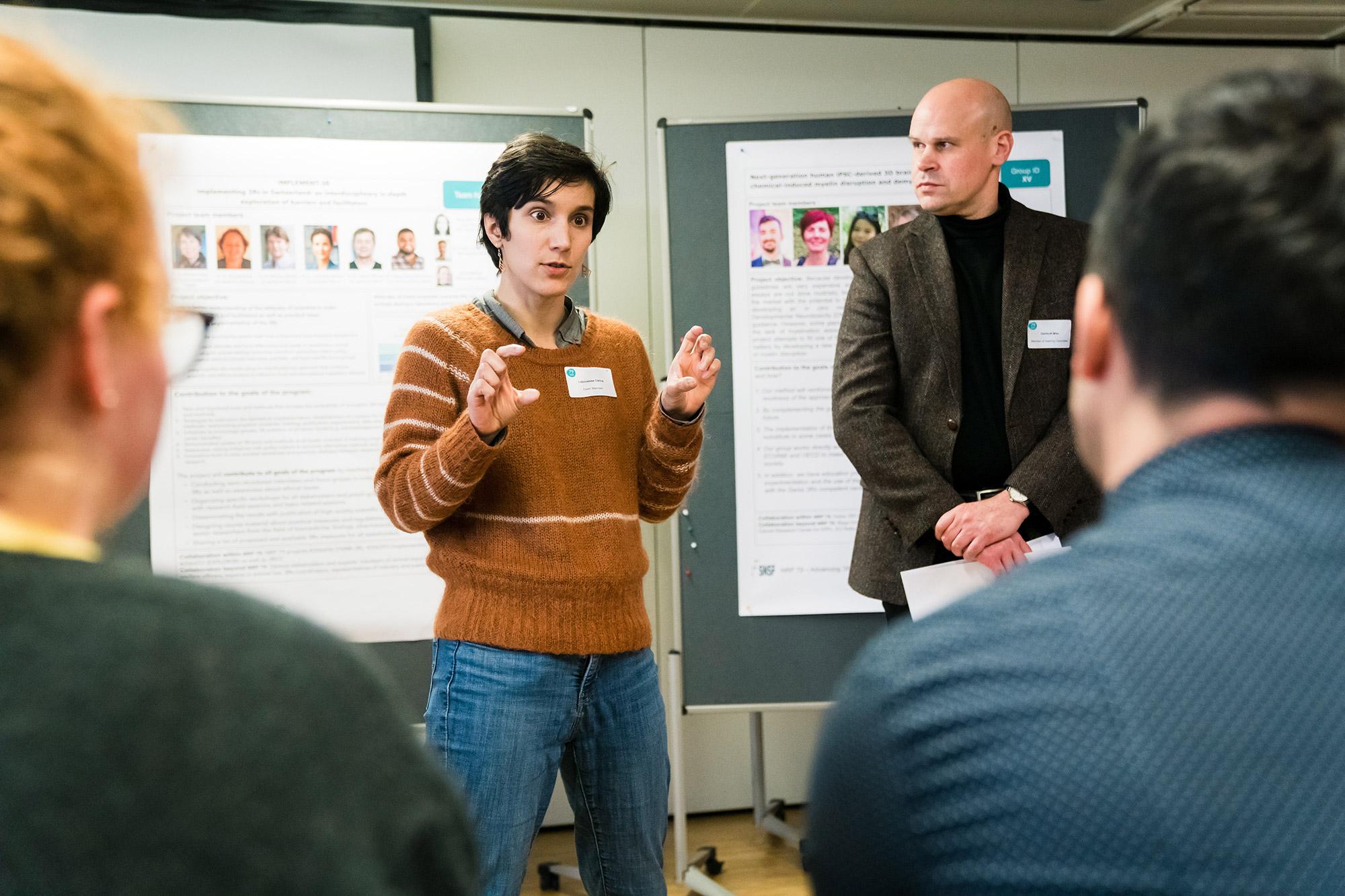(4) Skin cancer research: artificial cell model to reduce animal experiments

"If our project is successful, it would ideally reduce the use of xenograft models," says Jörn Dengjel. "In the long term, we hope that our new model will replace the old one.“
Project description
Research teams around the world investigating the development and spread of skin cancer work with xenograft models, which involve transferring human skin cancer cells into mice. These enable researchers to observe how the cancer cells develop – identifying what they need to grow, for example – and thus explore new ways of combating the disease. Although used primarily in basic research, such models are also employed in preclinical research.
Research teams around the world investigating the development and spread of skin cancer work with xenograft models, which involve transferring human skin cancer cells into mice. These enable researchers to observe how the cancer cells develop – identifying what they need to grow, for example – and thus explore new ways of combating the disease. Although used primarily in basic research, such models are also employed in preclinical research.
"If our project is successful, it would ideally reduce the use of xenograft models," says Dengjel. "In the long term, we hope that our new model will replace the old one." It may even eventually be possible to develop patient-specific models, which would allow skin cancer patients to obtain specific treatment for their type of cancer.
As the first step in developing their 3D model, the research group will make a detailed examination of the current xenograft model to identify the molecular and biophysical processes that take place within it. These data will then provide the basis for building the 3D model. In the next step, the researchers will determine whether the new model is comparable to the old one.
Interested in the progress of this project?
You can find information about the scientific publications, events, collaborations, etc. carried out since the beginning of the research project here.
Original title
Replacement of xenograft mouse models by molecularly-defined 3D in vitro systems
